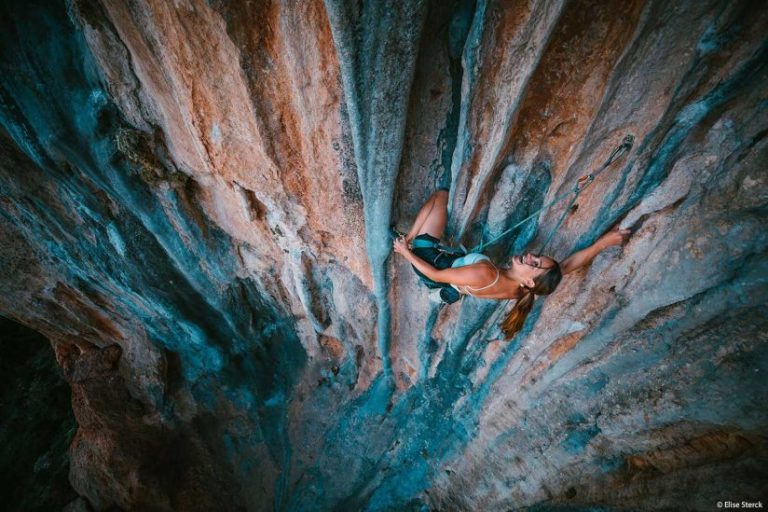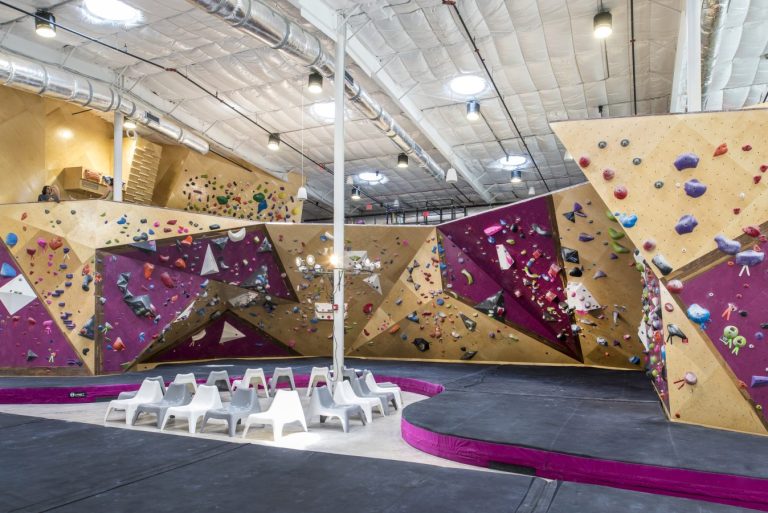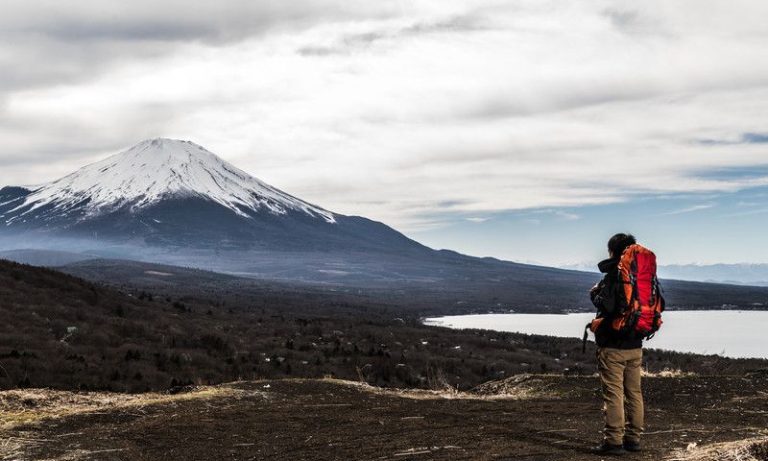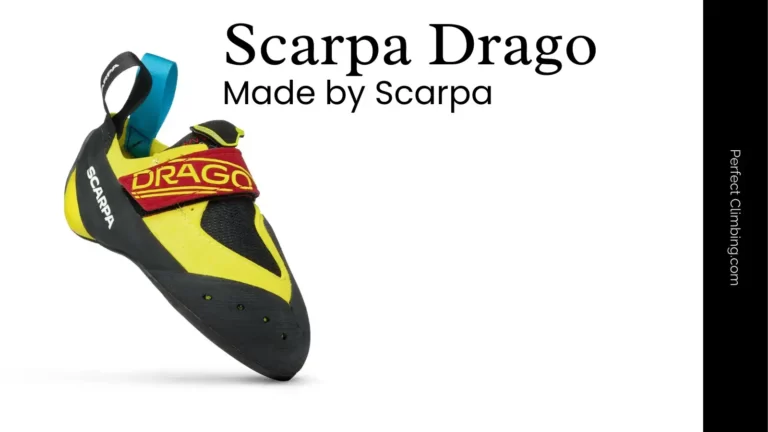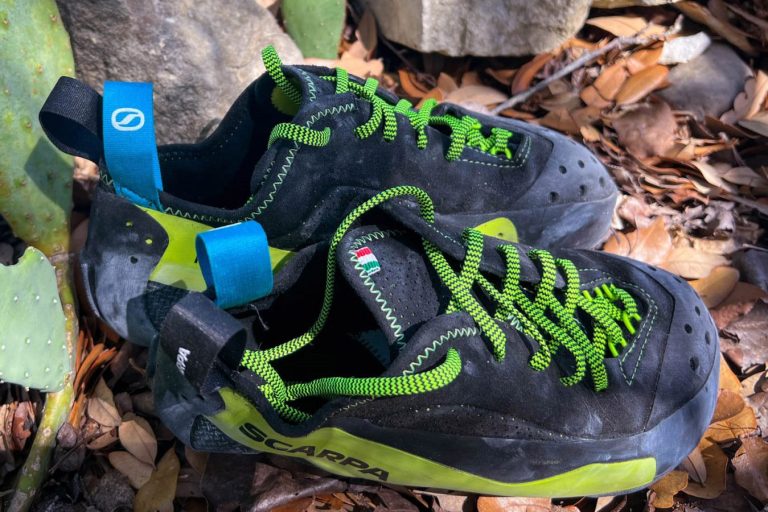How Tight Should Climbing Shoes Be?
If you’ve ever stepped foot into the world of climbing, you’ve likely encountered the persistent myth that in order to excel on challenging routes, you must endure the agony of squeezing your feet into ridiculously downsized climbing shoes. This widespread misconception has led to scenes of climbers contorting their feet into painfully small shoes at local bouldering gyms. However, let’s debunk this myth right here: you don’t need to endure toe-crushing pain to rock a perfectly fitting pair of climbing shoes.
The Perfect Fit: A Delicate Balance
So, the question arises: how tight should climbing shoes really be? The answer depends on several key factors, including the shoe’s design, the terrain you’ll be climbing, and the intensity of your climbing endeavors. In this article, we’ll delve into the intricacies of finding the right balance between comfort and performance when it comes to your climbing kicks.
Understanding the Ideal Fit
Climbing shoes should essentially feel like a second skin, eliminating dead space or painful pressure points within the shoe. If your shoes create excessive pressure on your toe knuckles or squash the sides of your feet, it will impact your ability to transfer force to your toes and limit how long you can wear the shoes. On the flip side, shoes that are too roomy can hinder your ability to stand on small edges or execute heel hooks effectively.
A crucial rule of thumb: your toes should never lie completely flat within climbing shoes. Even a slight curl of the toes can significantly enhance your ability to support your weight on minuscule holds.
Factors Influencing Tightness
Several factors come into play when determining how tight your climbing shoes should be:
1. Shoe Construction: A Make-or-Break Factor
The construction of your climbing shoes plays a pivotal role in deciding their ideal tightness. Rigidity, camber, and upper material are the primary considerations here.
Rigidity: The stiffness of your shoes correlates with their shape. Neutral or moderately shaped shoes, which don’t require tight curls of the toes, tend to be stiffer. This stiffness supports your toes without requiring them to curl powerfully.
Camber: Also known as the shoe’s downturn, camber determines the level of curl your toes need. Aggressively downturned shoes demand a tighter fit to ensure your toes maintain the proper position for holding weight on small holds.
Upper Material: Leather and synthetic materials impact how much your shoes stretch. Leather stretches more, especially unlined leather, which might increase up to a full shoe size over time.
2. Style of Climbing: Tailoring to Your Pursuit
The style of climbing you prefer significantly influences how tightly your shoes should fit.
Bouldering and Sport Climbing: These styles generally require moderate to aggressive shoes with a tight fit. Performance often takes precedence over comfort, as these activities involve shorter durations of climbing.
Multi-Pitch and All-Day Climbing: For longer climbing sessions, a moderate or flat shoe that provides a snug, yet comfortable fit, is more suitable.
Trad and Cracks Climbing: Jamming into cracks necessitates a flatter, supportive shoe that accommodates toe movement without excessive curl.
3. Intensity: A Matter of Climbing Intensity
Your climbing intensity determines whether you prioritize comfort or performance. More relaxed climbing sessions might call for shoes with a looser fit, while technical projects or intense bouldering demand a tighter, performance-oriented fit.
Arriving at the Right Fit
In conclusion, the perfect tightness for your climbing shoes depends on a mix of personal preference and the shoe’s design. While some boulderers opt for the performance fit, others might choose slightly roomier shoes. The key is to find what feels right for you. Experimentation is encouraged, and if possible, trying on shoes in-store is the best approach. Don’t hesitate to ask for different sizes or shop from retailers with flexible return policies.
Remember, comfort and performance aren’t mutually exclusive. With the right knowledge and understanding of your climbing goals, you can confidently stride toward finding your perfect pair of climbing shoes.
Frequently Asked Questions
1. Can I wear climbing shoes that are slightly loose?
Absolutely. While a snug fit is essential, a slight bit of comfort is acceptable, especially for longer climbing sessions.
2. How do I deal with shoe discomfort during climbs?
Discomfort is normal, but sharp pain isn’t. If your shoes cause unbearable pain, they might be too tight or the wrong shape for your feet.
3. Should I prioritize brand or fit when choosing climbing shoes?
Fit should be your top priority. Different brands cater to various foot shapes, so finding a comfortable and well-fitting pair matters more than the brand.
4. Can I buy climbing shoes online without trying them on?
While it’s ideal to try them in-store, online purchases can work with a retailer that offers hassle-free returns, allowing you to try multiple sizes and find the best fit.
5. How often should I replace my climbing shoes?
Climbing shoes generally last between 6 months to a year of regular use, but it depends on the frequency and intensity of your climbing activities.
